What is Venous Angioplasty?
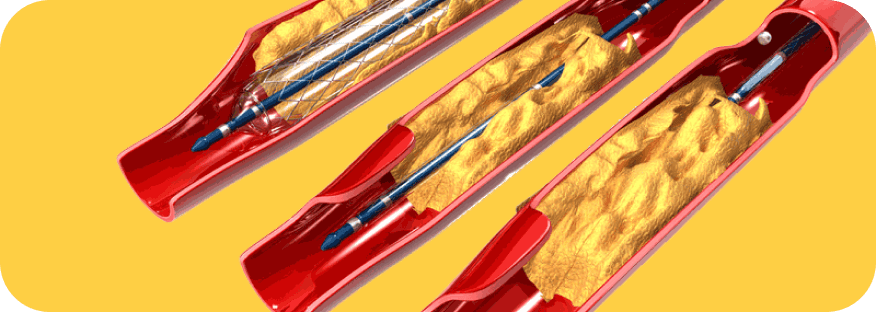
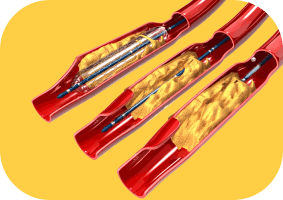
What is Venous Angioplasty?
Venous angioplasty is a medical procedure designed to treat narrowed or obstructed venous blood vessels, particularly those suffering from deep vein thrombosis (DVT) and other vein-related conditions. Although commonly linked to treating artery disease, this technique is equally effective for vein-related issues. Venous angioplasty is a minimally invasive and highly effective procedure that can significantly alleviate symptoms such as leg swelling, leg pain, and discomfort associated with DVT and venous obstructions. Often chosen as a less invasive option, venous angioplasty enables many patients to undergo treatment on an outpatient basis.
The benefits of venous angioplasty are substantial, particularly for those experiencing poor venous blood flow due to DVT, as it helps to restore circulation in veins affected by blockages or clots. Typically lasting between one to two hours, most patients can expect to return home the same day.
At StrideCare, our approach to venous angioplasty combines safety with personalization, ensuring each procedure is tailored to the patient’s specific needs. We encourage patients to discover the advantages of our venous angioplasty services by arranging a consultation with our team of seasoned professionals. With over 20 locations throughout Texas, we are conveniently positioned to serve you.
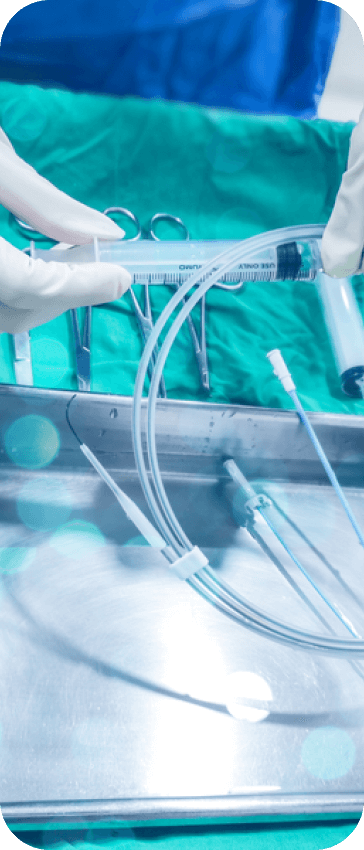
What are the Benefits of Angioplasty?

Alleviate symptoms
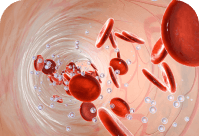
Improved blood flow

Many return to their normal routine within 24-48 hours
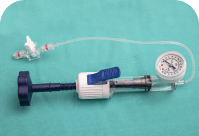
Minimally invasive
What to Expect During a Venous Angioplasty
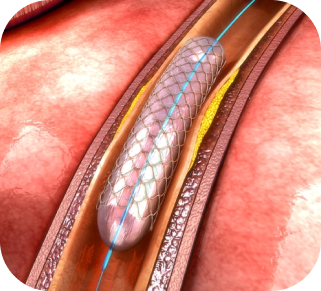
During a venous angioplasty, patients undergo a minimally invasive procedure that begins with local anesthesia to ensure your comfort throughout the process. A catheter is inserted through a small incision, often in the groin, and guided to the affected vein, where a balloon is inflated to widen the vein, sometimes with a stent placed to keep it open.
After undergoing venous angioplasty, patients can generally expect a quick recovery, often returning to their regular activities within 1-2 days. Initially, patients may experience some normal bruising or discomfort at the catheter insertion site, that can be managed with over the counter medication. Most individuals notice a significant improvement in symptoms, such as leg swelling and pain, thanks to the enhanced blood flow to the heart. In many cases a StrideCare doctor will prescribe medications to prevent blood clots from forming in the future.
Adopting a healthy lifestyle after the procedure is crucial for sustaining and enhancing vein and vascular health. Recommended healthy lifestyle modifications may include adhering to a well-balanced diet, regular exercise, and quitting smoking. Regular follow-up appointments are essential to monitor vascular health and the procedure’s success, ensuring a better quality of life moving forward.
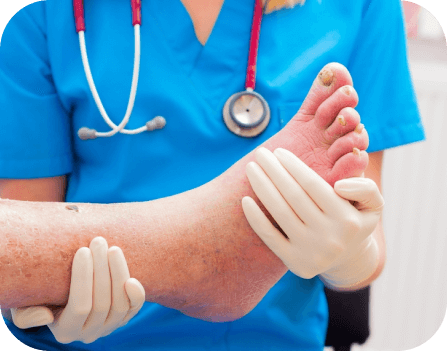

What Other Vein Treatments are
Available at StrideCare?
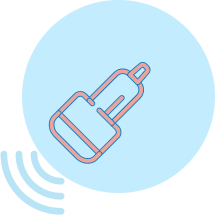
Diagnostic Venous Ultrasound
A non-invasive test that uses ultrasound technology to get a full view of the circulatory system.
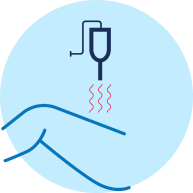
Radiofrequency Ablation
A varicose vein treatment option that uses pulsating radiofrequency energy to improve symptoms.

Microfoam Ablation
Treats both varicose and spider veins using a concentrated, injectable foam.
StrideCare
Patient Reviews
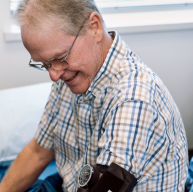

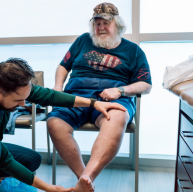
4.89 Average Online Review Score












StrideCare Leverages athenaOne to Enhance Financial and Operational Results, Improve Clinical Workflows
2 Min Read CASE STUDY: Transitioning all practices onto one united system gives StrideCare invaluable access to data
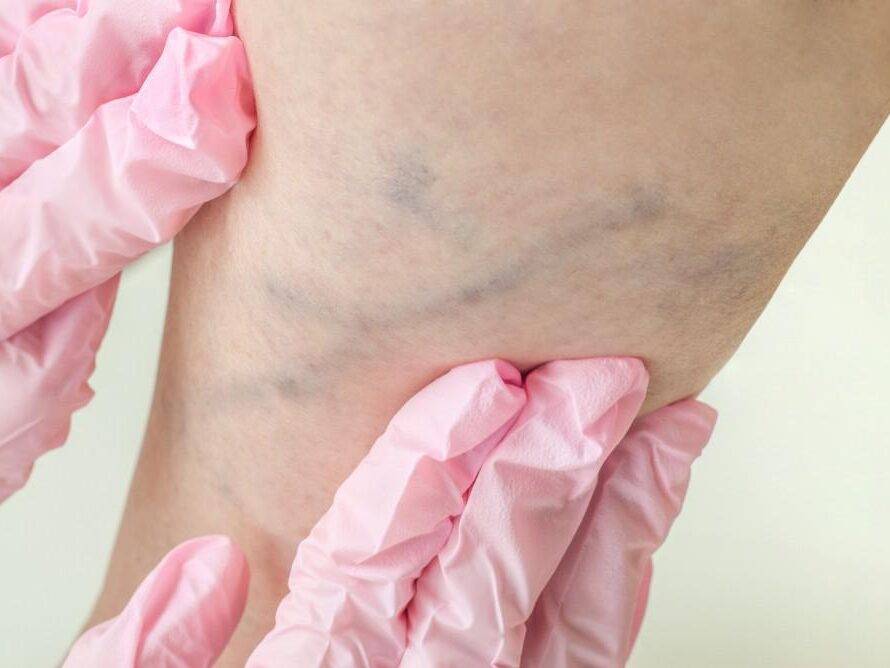
When are Varicose Veins More than Just a Cosmetic Concern?
2 Min Read Learn about varicose veins, prevention tips, and treatment options from StrideCare’s vein specialists in Texas.
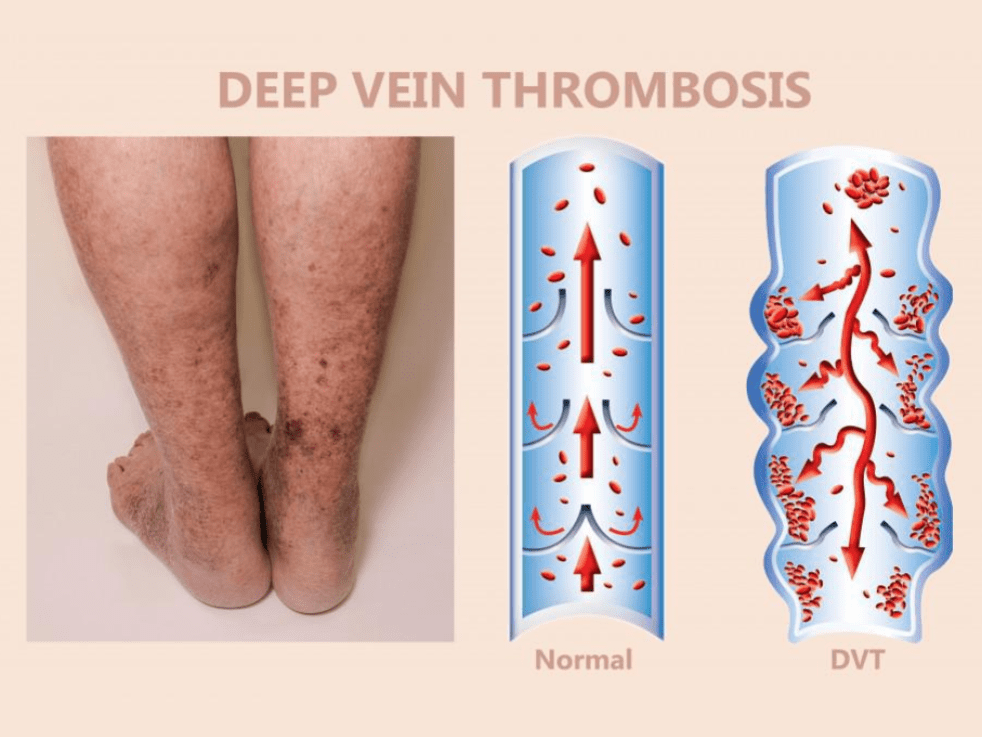
Puffy Legs are One of the First Signs of Deep Vein Thrombosis
3 Min Read Learn the symptoms of deep vein thrombosis (DVT) and seek immediate evaluation at StrideCare for expert care and treatment.


